
Moroccan Zellige — A Timeless Art and Heritage Renewed
Moroccan Zellige is not just colorful tiles decorating walls and floors; it is a rich artistic language reflecting Morocco’s deep history and the spirit of its skilled artisans. For centuries, Zellige has been an inseparable part of Moroccan identity, carrying profound aesthetic and spiritual meanings.
Zellige: A Legacy of Meticulous Craftsmanship
Zellige making has always been a craft that demands great skill and patience. It is handcrafted from tiny pieces of colored ceramics, carefully cut and shaped to form intricate geometric patterns. Moroccan artisans have passed down this distinguished craft for generations, blending engineering and artistry into a unique mosaic.
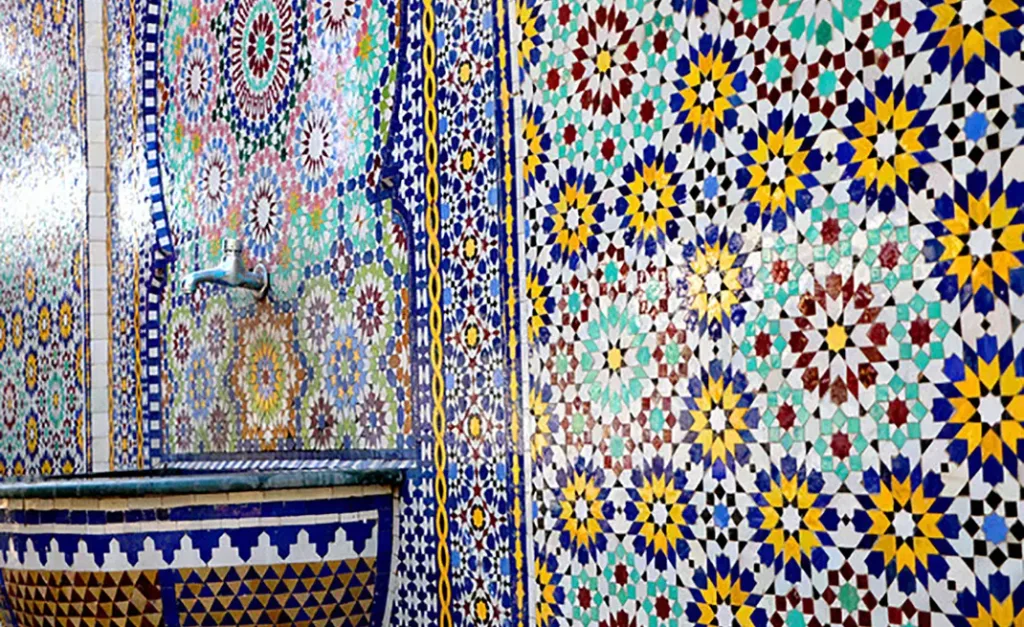
Symbols and Colors of Zellige
Every shape and color in Zellige holds its own significance. The repetition of geometric shapes symbolizes infinity and unity, while the colors express life, nature, and spirituality. This art form does not only convey visual beauty but also tells cultural and historical stories that document Morocco’s rich civilization.
Reviving Zellige with a Contemporary Touch
At Amzayn Workshop, we strive to reinterpret this ancient art to suit modern tastes. We maintain the precision of details and the traditional colors of Zellige, while introducing new designs that harmonize with contemporary home décor and aesthetics. Our goal is to offer art pieces that unite heritage and innovation.
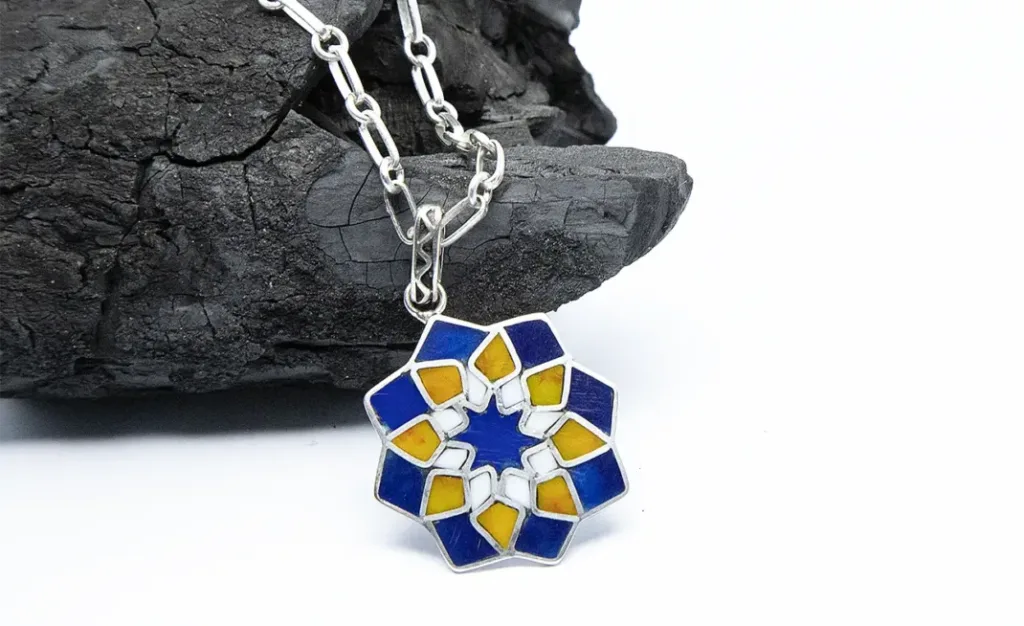
Between Tradition and Modernity: Every Piece Tells a Story
Each piece of zellige-inspired jewelry crafted in the Amzine workshop is the fruit of love and dedication, carrying the spirit of ancient artisans while infusing our time with a new spirit. It is not just an ornament, but a living expression of Moroccan identity, a bridge between past and present.
Conclusion
Moroccan Zellige stands as a living testament to Moroccan creative genius and the determination of artisans to preserve their rich heritage. By blending tradition with renewal, Amzayn Workshop proudly contributes to keeping this art vibrant, telling stories of beauty and timeless authenticity.

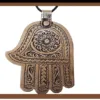
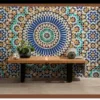
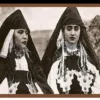

Add comment